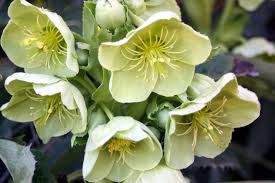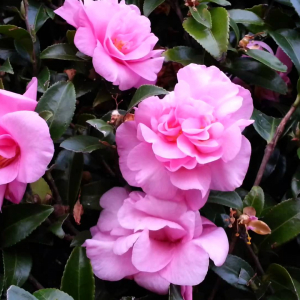The beauty of autumn
As we head into the cooler months of the year we should not forget that the garden can be as beautiful in the throes of late autumn/winter as during the warmer seasons.
The cooler months bring with them the interesting shapes and bark colours of the bare trees as they drop their autumn leaves and the first frosts cloak them in a glistening white. What better time to see the amazing colours of the bark of Crepe Myrtle? This beautiful, small tree not only has amazing flowers in mid-autumn but is then followed by glorious coloured leaves as they fall to reveal the greyish pink bark, a standout feature of this plant.
Another great tree for winter colour is the Golden Ash, which after losing its leaves is left with lovely yellow branches that give an eerie appearance through the frost and fogs of winter.
The winter garden brings with it the flowering of many plants including the glorious Hellebore. These beautiful perennials thrive under deciduous trees as the trees protect them from the summer heat, but as the leaves fall they are exposed to the winter sun where they throw out clusters of softly coloured flowers. There has been an amazing amount of breeding of these plants recently, bringing to the gardening world many forms and colours. Hellebores come in single and double forms and in a wide range of colours from white, through shades of pink and burgundy, to greys and yellow.
Autumn is probably the best time to upgrade plantings in the garden as evaporation and transpiration rates are low, thus giving the new plants an easy start. Deciduous bare-rooted trees and shrubs will start to appear in nurseries over the next few weeks so get in and get them while they are nice and fresh.
If they have been in the nursery for too long it’s possible that they might have been allowed to dry out, therefore leading to root damage. Shrivelled stems and branches are a good sign that they have dried out, diminishing their chance of a successful planting.
Moving along from plants that make our late autumn gardens look great, we shouldn’t forget about the general maintenance of the garden. I often hear comment made that plants do not require a lot of watering in autumn. People say that watering isn’t required because when they go outside early in the morning there’s dew on the ground and this should keep their plants going. This is completely wrong as this moisture is very soon evaporated by the sun and is not available to the plants. So unless we have had regular rainfall, don’t forget to give things a drink.
Late autumn is also the last opportunity to do some late fertilising of both lawns and gardens to give the plants a last feed before it’s too cold for them to take up the nutrient. A complete NPK lawn food will keep lawns looking nice and green until the frost start to brown them off. A couple of handfuls of an organic fertiliser around trees and shrubs will also help them through until spring.
Finally the flower and vegetable gardens should be well and truly planted with winter/spring plants. Pansies, viola, primula, wallflower, poppies and stocks are just some of the flowers that can go in now. Cabbage, cauliflower, broad beans, onions and carrots are a few of the vegetables that could be given a go.
Watch out for the cabbage moth as they can do some early damage on cabbages and cauliflowers etc. There are some very good “safe” deterrents around to combat them, eg Dipel.
Until next time



